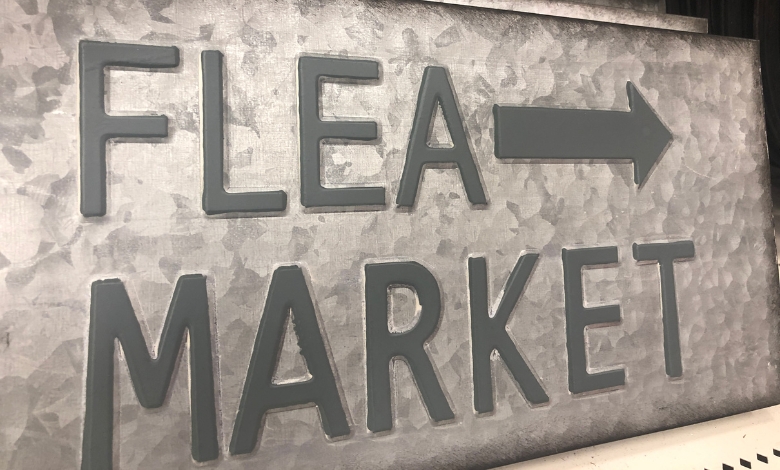Ever wondered why is it called a flea market? Discover the history, French roots, and legends behind this curious name.
Ever strolled through a flea market, checking out all the cool, one-of-a-kind finds, and thought, “Why is it called a flea market?” Same here! I love exploring these lively, quirky spots where every booth feels like a little time capsule, so I had to dig into the history.
Turns out, it’s a mix of French origins, fun myths, and cultural influences from all over the world—such a cool story, and I can’t wait to share it with you. Flea markets are a nice break from the traditional business models and mass-produced stuff. They’re all about unique finds and the stories behind them.
So, grab your imaginary treasure-hunting hat, and let’s dive into where this funny name came from.
Hint: It’s not really about fleas.
Article Breakdown
The French Connection: Marché aux Puces
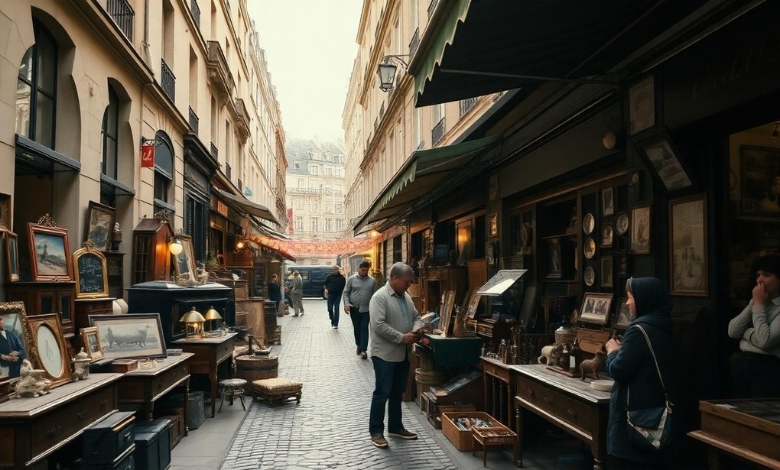
The term “flea market” is believed to come from 19th-century Paris. Back then, second-hand goods were sold at open-air markets called “marché aux puces,” or “market of fleas.” The name supposedly came from the fact that old furniture and items sold there were sometimes infested with fleas.
Picture Paris in the 1860s—a busy, growing city where people threw out a lot of stuff. Vendors would collect these discarded items, clean them up (more or less), and sell them to shoppers looking for a good deal. These markets were a great way for people to find affordable goods, though you might occasionally end up with a few itchy surprises.
One of the most famous flea markets, Les Puces de Saint-Ouen, still exists today. It stretches across 17 acres with hundreds of vendors, making it a must-visit for anyone who loves bargain hunting or antiques. Walking through it feels like stepping back in time, with every stall holding its own unique story.
The Fly Market in New York
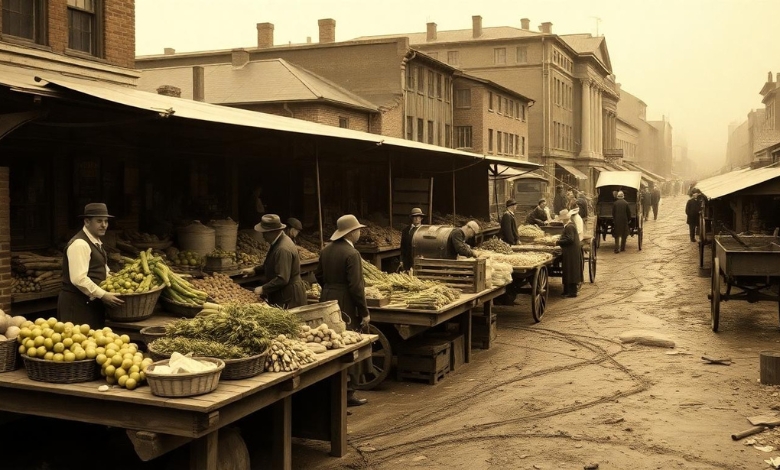
Let’s hop over to 18th-century New York City for another theory. There was a place called the “Fly Market” near the East River, named after the Dutch word vlie, which means swamp or marsh. Over time, the word “fly” may have evolved into “flea” because of language changes—or maybe just a bit of creative interpretation.
The Fly Market was a busy spot for buying and selling goods, much like the Paris markets. Although it’s long gone, its influence lives on in modern flea markets across the U.S. This version of the story gives an American spin on flea market history and shows how different cultures came up with their own versions.
The Cultural Symbolism of Flea Markets
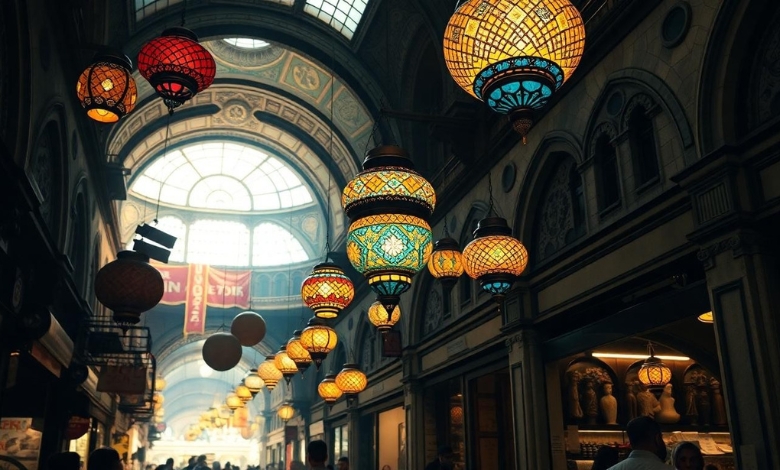
Flea markets are all about the joy of finding hidden treasures, the fun of bargaining, and the satisfaction of giving old items a fresh start. They’re more than just shopping—they’re about discovering stories. Every vintage jacket, handmade trinket, or even a chipped teacup has a history you can feel when you hold it.
Take Istanbul’s Grand Bazaar, one of the oldest covered markets in the world, or Thailand’s Damnoen Saduak Floating Market, where vendors sell goods from boats. They might not technically be flea markets, but they share the same vibe: a place where culture, commerce, and connection come together.
Fun Facts and Myths: Did Fleas Really Play a Role?
Let’s settle a common myth: Were flea markets named because their goods were full of fleas? Not really. While the name might make you think of the tiny pests, “flea” here is more symbolic.
One popular legend connects the name to Napoleon III’s urban reforms in Paris. Supposedly, street vendors were forced to leave the city center and set up shop on the outskirts. While it’s a poetic idea, it’s not entirely true—puces in French means “fleas,” not “to flee.” Still, it’s a great reminder of how these markets have adapted over time.
I Love Visiting Flea Markets and Finding One-of-a-Kind Items
Flea markets have always felt a little magical to me. I still remember my first visit—it was this tiny roadside market in the countryside. My parents found an old clock, and the seller shared this story about how it used to hang in a railway station. Was it true? Who knows. But honestly, it didn’t matter. What mattered was that feeling of holding something with a story behind it.
Fast forward a few years, and I found myself wandering through a massive flea market in Berlin. Between the vintage records, handmade jewelry, and random treasures, I realized that flea markets aren’t just about what you buy. They’re all about the experience—laughing while you haggle, chatting with the vendors, and stumbling upon something you didn’t even know you needed.
Tips for Flea Market Shopping
Whether you’re a flea market pro or just checking one out for the first time, here are some simple tips to make your visit a success:
- Show up early: The best stuff usually gets snatched up first thing in the morning.
- Carry some cash: A lot of vendors don’t take cards, and cash makes haggling easier.
- Be polite when you haggle: Bargaining is expected, but make sure to keep it friendly and fair.
- Wear comfy shoes: You’ll likely be on your feet for hours. Bring a tote bag too for all your finds!
- Plan ahead: Look up the market layout or highlights so you can hit the spots you’re most interested in.
Why Flea Markets Are Cool Again
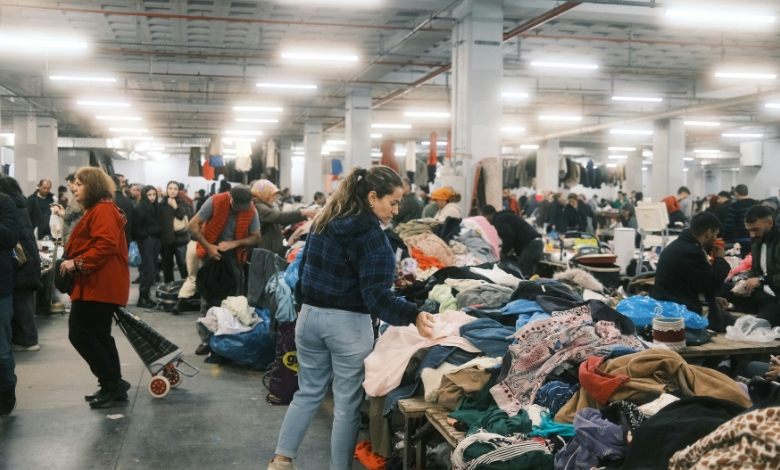
Flea markets are so much more than just places to shop. They’re fun, creative spaces that bring people together and promote sustainability. Whether it’s the Rose Bowl Flea Market in LA or Portobello Road Market in London, these markets are all about celebrating individuality.
In a world full of fast fashion and mass production, flea markets give us a chance to stand out and reduce waste. When you buy second-hand or handmade, you’re not just getting something unique—you’re also supporting small businesses and helping the planet.
Key Takings
- The term “flea market” might have an unclear backstory, but its impact is pretty clear.
- Flea markets, whether in Paris, New York, or your own neighborhood, are full of creativity and resourcefulness.
- They’re a reminder that beauty can come from the unexpected and value isn’t always about money.
- Next time you’re strolling through a flea market, take a second to appreciate its history and culture.
- Whether you find a cool treasure or just come away with a fun story, you’ll always leave with something worthwhile.
Helpful Resources:
Here are some interesting reads about secondhand shopping and vintage fashion:
- Business Insider: Thrifting is more popular than ever, but it’s also becoming more complicated. Check it out here
- Smithsonian Magazine: Curious about how vintage clothing became a thing? Read the full article
- Condé Nast Traveler: Learn tips on flea market shopping while traveling. Get the details

